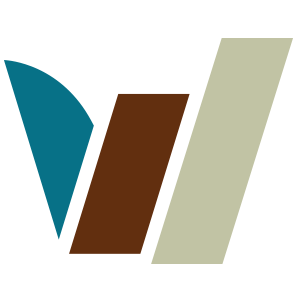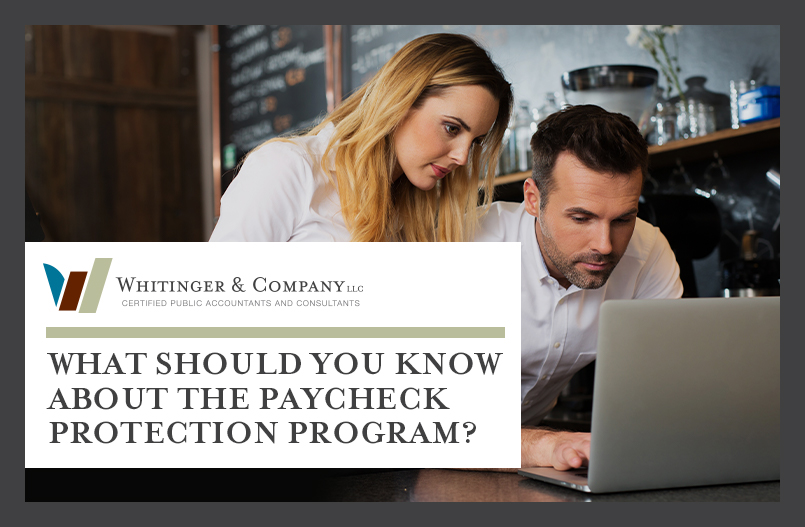On March 27, President Trump signed into law the Coronavirus Aid, Relief, and Economic Security (CARES) Act. While the list of potentially helpful programs is long, the Paycheck Protection Program appears to be the most beneficial for the majority of small businesses. The Paycheck Protection Program is a lifeline for small businesses, injecting capital just when they need it most. The program currently offers nearly $350 billion in federally guaranteed loans that can be partially or fully forgivable, provided certain criteria are satisfied. The Treasury and Congress have also begun negotiations to add another $250 billion of funding to the program.
What Is the Paycheck Protection Program (PPP)?
- The PPP authorizes nearly $350 billion in forgivable loans to small businesses to pay their employees and to cover certain other eligible costs during the COVID-19 crisis.
- All loan terms will be the same for each borrower.
- Loan amounts may be forgiven if:
- Loan proceeds are used to cover payroll costs, and most mortgage interest, rent, and utility costs over the eight-week period after the loan is originated; and
- Employee and compensation levels are maintained.
- Payroll costs are capped at $100,000 on an annualized basis for each employee.
- Not more than 25% of the forgiven amount may be for non-payroll costs.
- Loan payments will be deferred for six months.
When Can I Apply?
- Starting April 3, 2020, small businesses and sole proprietorships could begin applying for and receive loans to cover their payroll and other certain expenses through existing SBA lenders.
- Starting April 10, 2020, independent contractors and self-employed individuals can apply for and receive loans to cover their payroll and other certain expenses through existing SBA lenders.
- Other regulated lenders will be available to make these loans as soon as they are approved and enrolled in the program.
Who Can Apply?
- All businesses – including nonprofits, veterans’ organizations, Tribal business concerns, sole proprietorships, self-employed individuals, and independent contractors – with 500 or fewer employees can apply.
- Businesses in certain industries can have more than 500 employees if they meet applicable SBA size standards for those industries.
- For this program, the SBA’s affiliation standards are waived for small businesses
- In the hotel and food services industries; or
- That are franchises in the SBA’s Franchise Directory; or
- That receive financial assistance from small business investment companies licensed by the SBA.
- Additional guidance is being released or updated on an almost daily basis.
How Do I Find a Bank That Will Accept My PPP Application?
A great place to start is with your current lending institution. If they are not participating in the program, a list of participating lenders can be found at https://www.sba.gov/paycheckprotection/find.
What Do I Need to Do to Apply for the PPP?
You will need to complete the PPP Borrower Application Form or a substitute form provided by your lender and submit the application with the required documentation to an approved lender that is available to process your application by June 30, 2020.
What Other Documents Will I Need to Include in My PPP Application?
- Payroll documentation to support the average monthly payroll costs for either calendar year 2019 or the last twelve months prior to applying for the loan, including documentation of payments for employer paid:
a. Group health care benefits, including insurance
b. Employer paid retirement benefits
c. State or local taxes assessed on the compensation of the employee (state unemployment taxes being the most common) - Payroll tax returns for 2019 and 2020 (Forms 941, 940, and/or 944)
- Documentation to confirm that the business was in existence and had payroll costs on or around February 15, 2020
Ready to Get Started?
Whitinger & Company is here to answer your questions and can help you prepare the necessary documentation for the Paycheck Protection Program. Please reach out to your Whitinger accountant to begin the process. Time is of the essence for this application, as loans may be given on a first-come, first-served basis.
April 9, 2020 Update:
The Treasury has been updating the FAQ on an almost daily basis. Last night’s update (updated FAQ linked HERE) included a very important Q & A regarding the timing of the loan disbursement. For those businesses hoping to get approved for a PPP loan now and then delay funding until the optimal time based on their business, the delay in funding has been limited to 10 calendar days after the loan is approved. See below:
Question #20: The amount of forgiveness of a PPP loan depends on the borrower’s payroll costs over an eight-week period; when does that eight-week period begin?
Answer: The eight-week period begins on the date the lender makes the first disbursement of the PPP loan to the borrower. The lender must make the first disbursement of the loan no later than ten calendar days from the date of loan approval.


